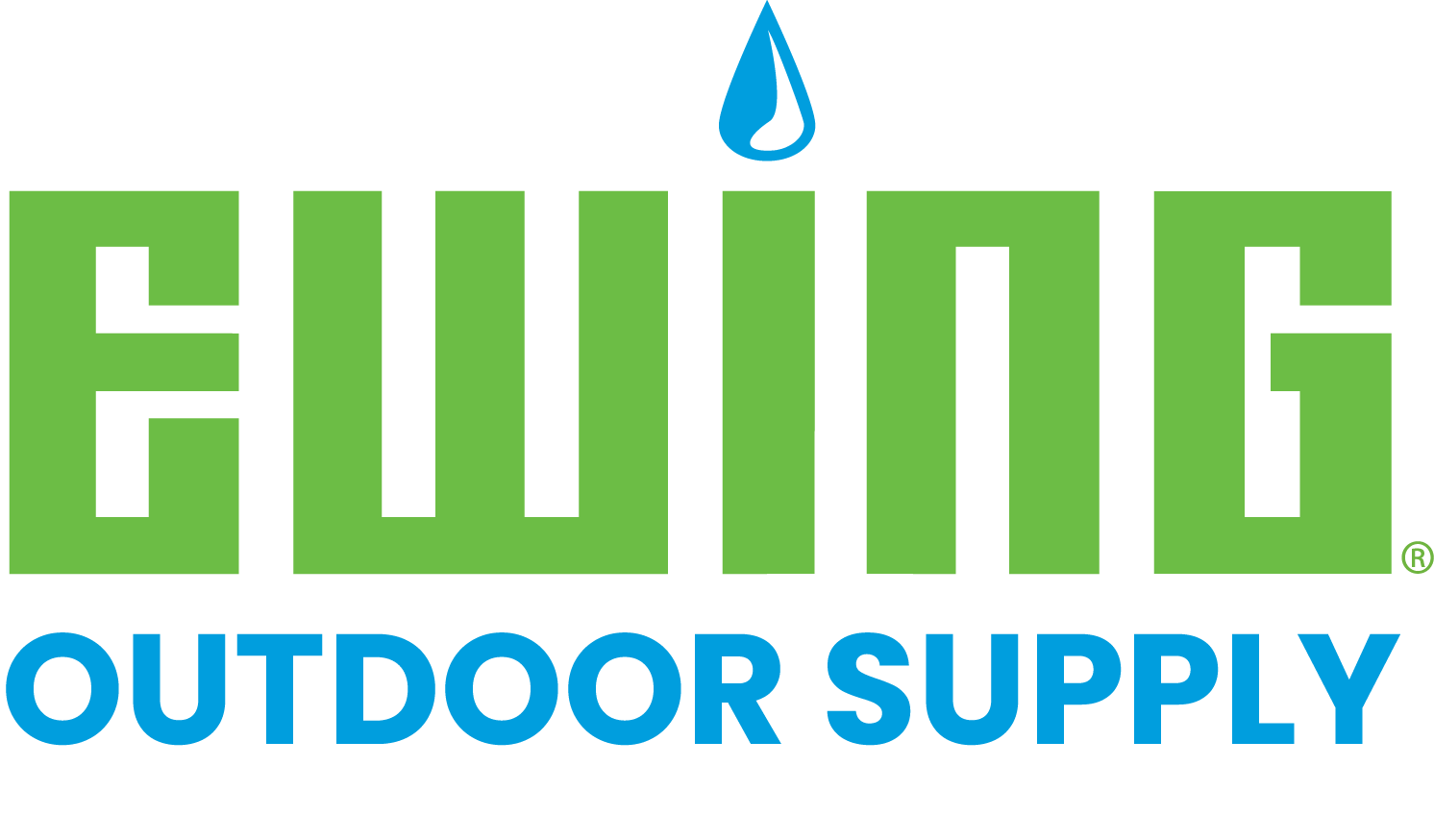This is Part 2 of a three-part series that focuses on various aspects of smart irrigation for golf courses.
“Sustainability” is a buzzword we’ve been hearing in the golf industry for more than 15 years, and many equate the term to the environment and being responsible with the resources used for golf course management.
In broader terms, sustainability answers the question, “Are we going to be able to do the same things we are doing now well into the future?” If not, then our practices are not sustainable.
Sustainable Irrigation Practices
The current drought situation in the Western U.S. has consumers, water suppliers, and water regulators taking a closer look at how water is used and if it used in an efficient and sustainable manner. Data from the EPA Water Sense Program indicates that residential outdoor water use across the U.S. accounts for nearly 8 billion gallons of water each day, mainly for landscape irrigation. That’s a lot of water! Given the fact that golf courses are very conspicuous users of water, it is understandable that they are scrutinized when water supplies are limited.
When it comes to being smart about sustainable irrigation practices on golf courses, the primary focus should be placed on the following areas:
- Reducing and eliminating waste–Pay close attention to the efficiency and adjustment of the irrigation system so water is applied where intended, to turf and landscape plants and not sidewalks and pavement.
- Reducing the amount of irrigated acreage–In California, many golf courses took advantage of “cash for grass programs” where water agencies paid a price per square foot for the removal of grass from golf courses and landscapes. The rebates helped courses offset the cost of removal and disposal. Even without a government incentive, many courses have reevaluated their design to eliminate turf and irrigation within out-of-play areas to trim expenses for irrigation.
- Conversion to drought tolerant grasses–Establishing and managing grasses that naturally require less water is another sustainable solution. Turfgrass breeders have developed several outstanding turf varieties that have excellent color, texture, and playing quality while using significantly less water. The main challenge for golf courses has been how to establish these new grasses while dealing with course closures and the lack of revenue while the new grasses are being established.
Overall, golf courses have made significant progress toward being more sustainable when it comes to irrigation practices, but there is always room for improvement.
Here’s how Glendora Country Club in Glendora, California, saved water by reducing their turf area, leading to a 27% reduction in water use. Read the Case Study
Please contact us with any additional tips you have on sustainable irrigation practices. Don't forget to review Parts 1 and 3 of this series as well:
• Golf Courses Save Water by Utilizing Smart Irrigation Technology
• Golf Course Irrigation Systems Benefit from Uniformity and Efficiency



